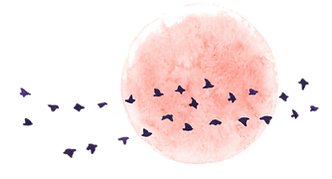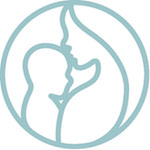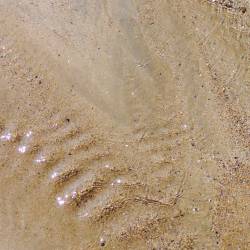Positive Body Awareness
Andrew Cook MSc RCST
Transformational Bodywork
 Cranial Rhythms
Cranial Rhythms
Overview

One of the core experiential, theoretical and practical aspects of all CST trainings (and a core part of most treatments) is the presence of palpable rhythms and tides passing through and around the body. There is not just one rhythm, but many rhythms, each with a different scope of effect and whose presence has different implications. Some of these rhythms and tides are a constant presence and some are more ephemeral. What can be said about all of them - from the experience of all Cranial practitioners - is that the more fully present, symmetrical, strong and unhindered the expression is of these rhythms, the greater the expression of health. To the point that many practitioners work almost exclusively with tides. This is somewhat a matter of personal preference, and my preference is to maintain a broad spectrum of techniques for working with the body.
...the more fully present, symmetrical, strong and unhindered the expression is of these rhythms, the greater the expression of health...
We are all familiar with rhythms in the body - we breathe, and most of us have felt or heard our own heartbeat. There is a continuity of rhythm in the body, from very high frequency (up to maybe 300,000 Hz) electromagnetic (EM) activity across nerve synapses, through to a lot of activity at about 10Hz (neurological, muscle essential tremor, lymph, etc), through to the heart (about 1Hz), and the breath (about 10 seconds) and peristalsis (up to 2 minutes), diurnal, monthly/lunar, annual... All of these are continuously present, and have been measured using laboratory instruments. The body (or more accurately, the connective tissue matrix) is a very efficient EM-mechanical-chemical transducer, so the lower the frequency of these rhythms, the more they are translated from one type of activity to another. For the higher frequencies there is some evidence that there is a direct translation between electromagnetic and vibrational (sound) frequencies. So, changes in mechanical tension of the connective tissue alters cross-membrane permeability, which in turn affects pH gradients, local blood and lymph flow (and systemic flow via feedback through the sympathetic nervous system), and the flow and storage of electrical charge. And in turn, changes in electrical activity or pH have effects on the mechanical properties of connective tissue. In particular, the Tensegrity system of the body connects mechanical components inside cells through to the musculoskeletal system, so gross physical movements have a subtle effect on cellular activity - and the opposite is true - the quality of systemic cellular activity affects the quality of motion of the musculoskeletal system.
The Cranial Rhythms have not been consistently measured using instrumentation (though Upledger measured the 10-second CRI on the skull of a monkey, and the 100 second long tide is often visible in ectoplasmic flow of primitive cells). So the Cranial rhythms appear to a certain extent to be expressions of the relationship between two people. They also appear to express integration of self-repair systems or expression of a general state of health in the body. So it is probable that one way or another they are influenced by (and therefore influence) Autonomic Nervous System (ANS) activity. It is peculiar that a particular rhythm will often become more active when it is focussed on by the practitioner, and that ill health usually comes with a lack of (or alteration of) expression of some of these Cranial rhythms in part or all of the body. And although the rhythms usually express one-at-a-time, sometimes multiple rhythms are palpable.
Until recently there were no scientific measurements of changes in the brain or nervous system or other parts of the physiology that could account for the Cranial Rhythms. However, there has been in increasing interest in slow waves of electrical activity that move over the surface of the brain in periods of tens of seconds. These appear to have a coordinating effect on faster brain activity, and it now appears that they are related to the flow of cerebro-spinal Fluid (CSF).

Sutherland first became aware of the shorter Cranial rhythms, and over the course of his working life slowly gravitated towards longer and longer rhythms in a search for clinical effectiveness. He also progressed from thinking of the bones as being mobile, to thinking of them as being handles to fascia, to working with fluid (nominally cerebro-spinal fluid or CSF), and then to the fluid-within-the-fluid to liquid light. I suspect that a lot of the phenomenology he referred to as "fluid" were actually bioelectrical polarisation shifts. Sutherland called the deeper rhythms the "Breath of Life", because they come with an almost Spiritual quality of stillness..
Working with the human body, eventually one comes to realise that stillness is at the centre, the beginning and the end of every healthy movement. Although the rhythms are important navigational tools through the sea of physical phenomena - and it is always possible to create ort stimulate movement - it is stillness that results in the deepest healing...




<< ¦ Top ¦ Menu ¦ Front page ¦ Body-Mind ¦ CST/Clinic ¦ Contact ¦ Site Map ¦ Search
all content © Andrew Cook, Norwich UK, 2021






